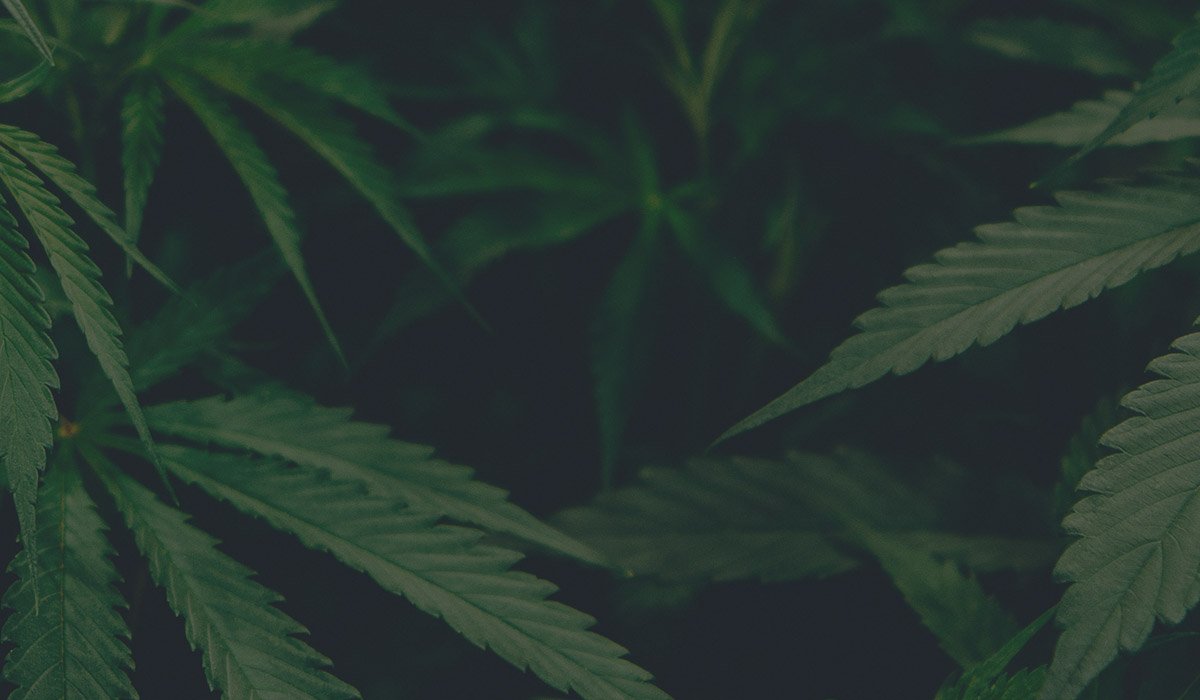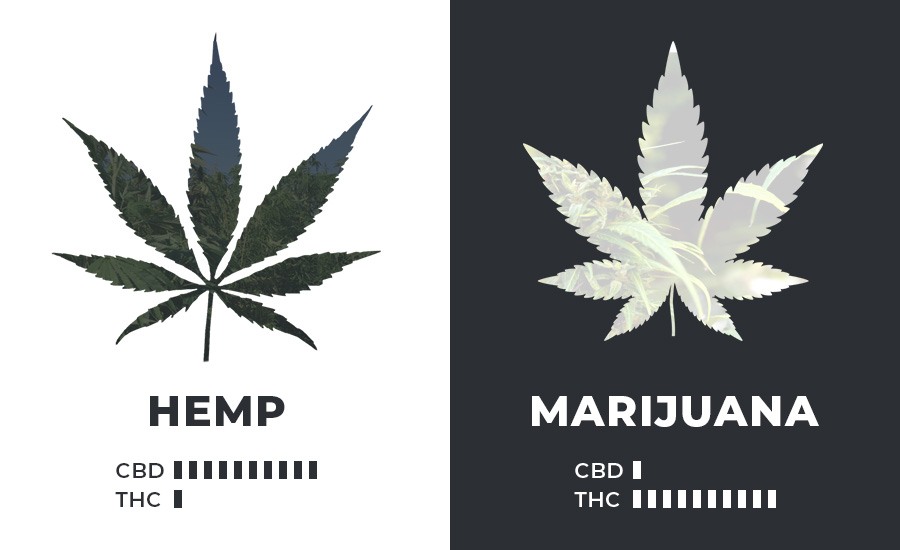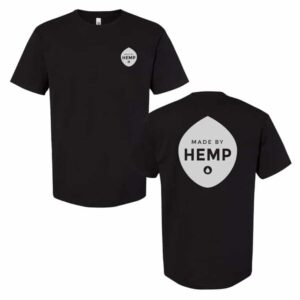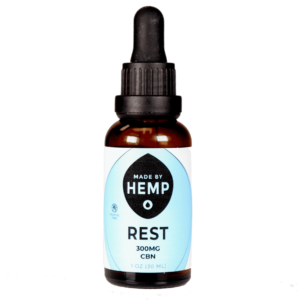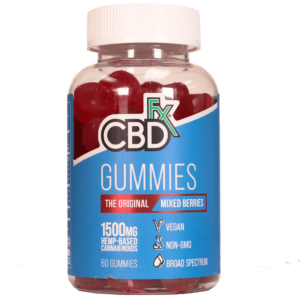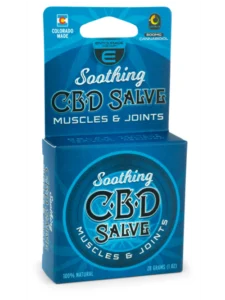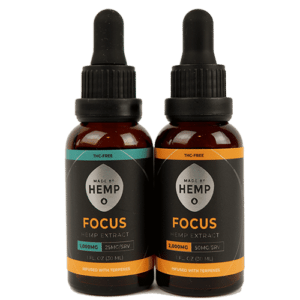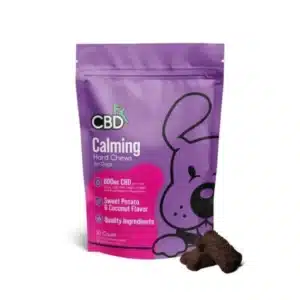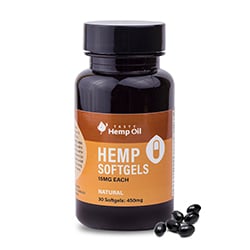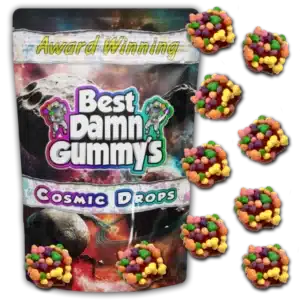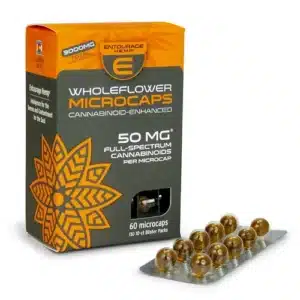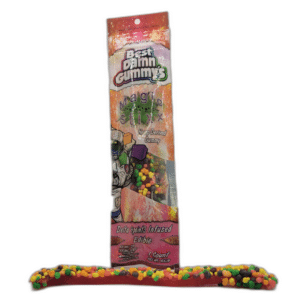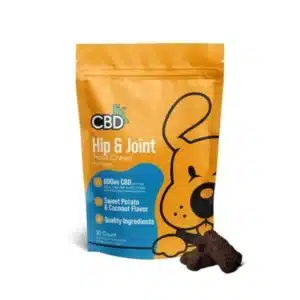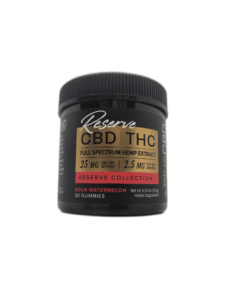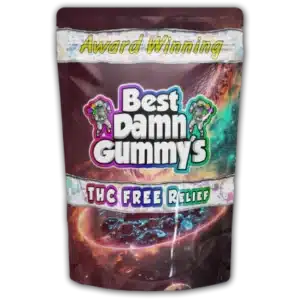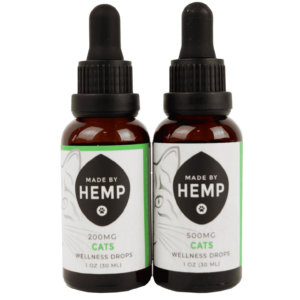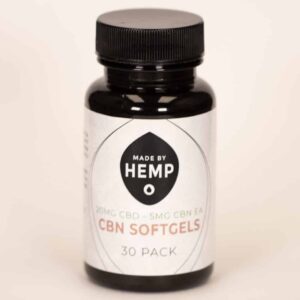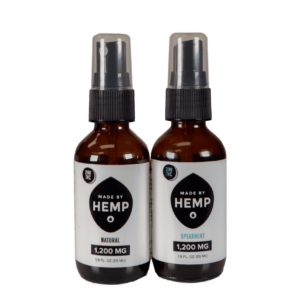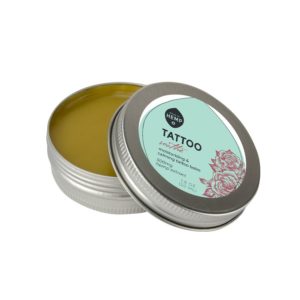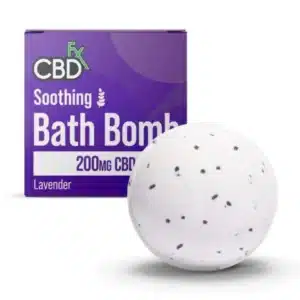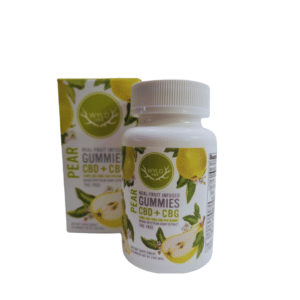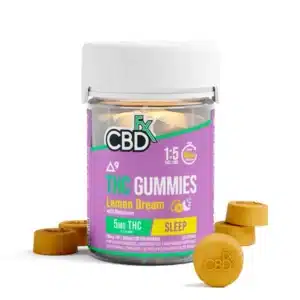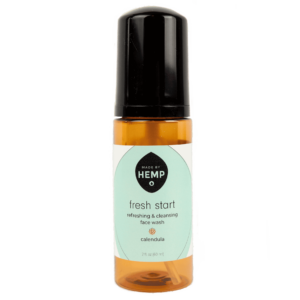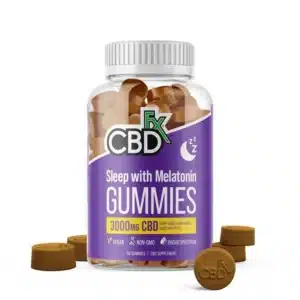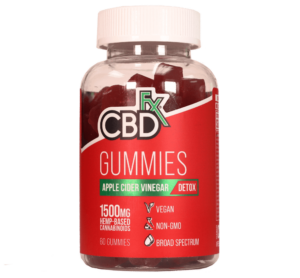It seems like you see the letters CBD everywhere today. You almost forget that not long ago, CBD products weren’t legal in America. What makes CBD legal comes down to its plant source. Following the 2018 Farm Bill, hemp and marijuana are classified as two different substances under the Control Substance Act. That’s because the effects of hemp vs marijuana are very different. This contrast is thanks to how marijuana and hemp affect a network inside of our body, known as the endocannabinoid system. Let’s discuss the differences between hemp and marijuana.
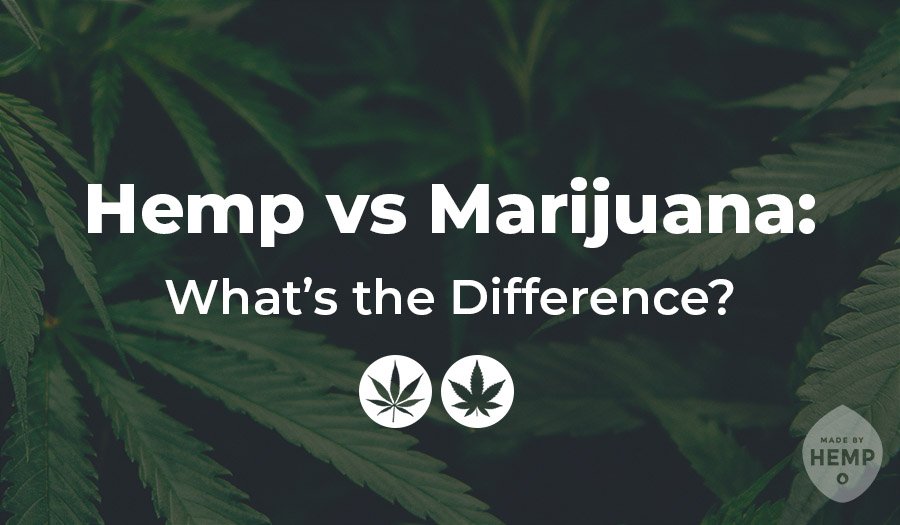
Hemp vs Marijuana: A Difference in Genetics
While hemp and marijuana effects differ, the two plants are siblings from the same family. Marijuana and hemp are both species of the Cannabaceae genus. There are two predominant plants in the Cannabaceae family. They are Cannabis indica and Cannabis sativa.
Due to it’s sturdier frame and huskier exterior, present-day hemp evolved from Cannabis sativa. Their short and stocky frame cause hemp plants to grow closer together than marijuana plants do, maxing out around 4 inches apart.
Thanks to the hardiness of their fibrous stalks and close proximity to other plants, hemp can withstand many climates. The durability of hemp allows them to reach maturity within 108 to 120 days.
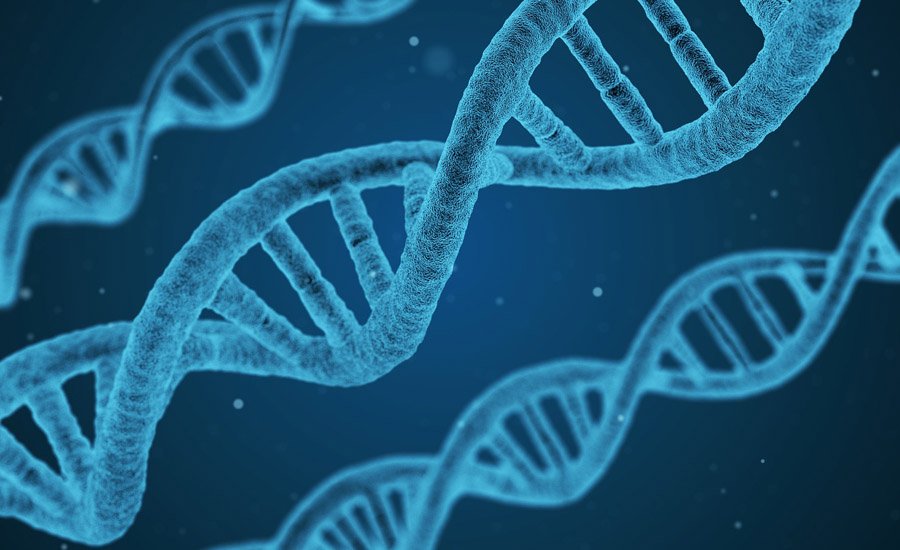
While hemp is just one species of the Cannabaceae genus, marijuana, on the other hand, can be cultivated as either Cannabis indica or Cannabis sativa. That’s where its pickiness stops.
To best grow marijuana, you’re going to need warmer climates and more space. These cannabis family members also like breathing room–upwards of six feet between plants! Hey, maybe space is a bit of a good thing. After all, marijuana matures quicker than hemp, as these plants are ready for harvest within 60 to 90 days.
Another glaring difference between hemp and marijuana? Hemp plants are male. Whereas, marijuana is female. Maybe that’s why they mature quicker than hemp plants!
Hemp Effects vs Marijuana Effects
One last difference in the hemp vs marijuana debate might just be the most important. It involves how compounds within these plants interact with our endocannabinoid system.
 The endocannabinoid system relies on a series of receptors located throughout our body. These receptors regulate everything from our mental health to hormone production to appetite.
The endocannabinoid system relies on a series of receptors located throughout our body. These receptors regulate everything from our mental health to hormone production to appetite.
Research indicates hemp effects are very beneficial to the system. The plant is a complete protein containing all the essential amino acids. Hemp effects also include antioxidative and anti-inflammatory benefits. This wide range of qualities is why CBD oil is popping up in everything from beauty lines to supplements to skin care.
Additional research confirms many of the benefits of hemp effects can also be achieved to some degree by marijuana as well. However, there’s one significant difference between how hemp affects the endocannabinoid system vs how marijuana affects it. This primary contrast is that marijuana triggers a psychoactive effect on the endocannabinoid system.
While marijuana can create a euphoric feeling throughout the body, hemp doesn’t have the same effect on the endocannabinoid system. Farm Bill-compliant hemp can’t get you high. The reason for such a variance in cannabis experiences comes down to two molecules–CBD vs THC.
CBD vs THC
What gives plants their distinct attributes are the network of chemical compounds within their DNA. In the Cannabis sativa family, the significant differences between plants come down to plant-based compounds known as cannabinoids.
Cannabinoids are molecules formed within the oils of the cannabis plant. They are also behind the therapeutic benefits of cannabis.
As the prefix implies, cannabinoids are closely associated with the cannabis family. While other plants do have cannabinoids, none has an abundant supply as members of the Cannabaceae clan. Research indicates that the hemp plant has at least 113 cannabinoids known to humankind.
Think of cannabis plants like men and women. Both genders have estrogen and testosterone in their system. The difference in these levels is what causes one person to grow the characteristics of a male like facial hair or traits of a female such as the growth of breast tissue.
In hemp vs marijuana plants, instead of estrogen or testosterone, their molecular structure depends on the ratio of CBD vs THC.
What Causes Marijuana Effects?
Delta-9 tetrahydrocannabinol is the THC molecule that gives marijuana its psychoactive or intoxicating characteristics. The THC molecule binds on cannabinoid receptors, creating a euphoric-like feeling on the system.
Under the Farm Bill, hemp plants must have 0.3% THC or less. Due to its low concentration of THC, hemp effects are not psychoactive.
What Causes Hemp Benefits and Effects?
Cannabidiol (CBD) is predominant in hemp plants and the primary reason for the effects felt from hemp. It works in unison with the other cannabinoids in hemp to help bring homeostasis (balance) to our system.
Unlike THC, the CBD molecule doesn’t bind to many receptors. Instead, it stimulates stressed receptors, causing a calming-like effect on the body.
CBD can’t get you high. In fact, due to its molecular structure, CBD can even counteract unwanted marijuana effects.
A History of Hemp CBD Benefits on Ancestors
Back before plants were classified by species and family, our ancestors learned about herbs through trial and error. They would use plants for sustenance and eventually, for medicinal purposes. One of the earliest texts known to humankind is a Hindu work known as The Vedas. This ancient record referenced cannabis as one of the Five Essential Plants.
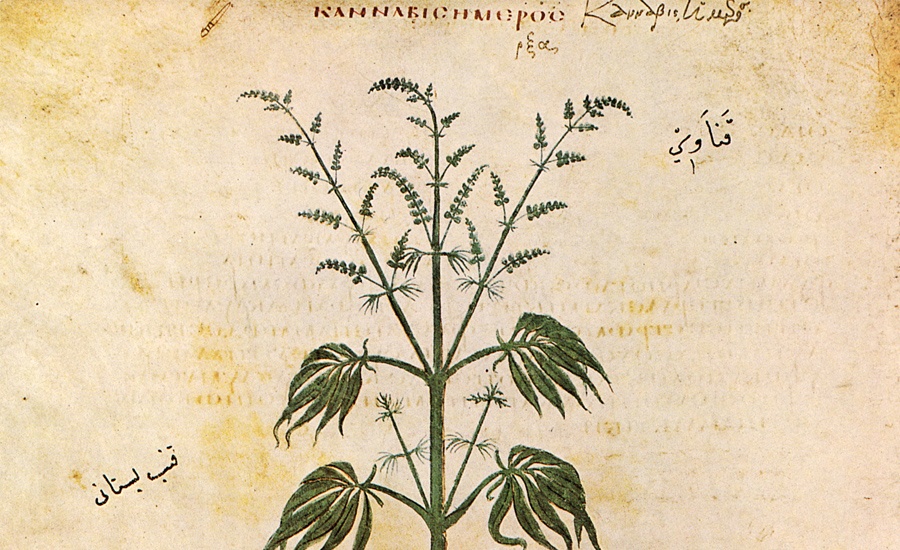
When our ancestors migrated, they brought this versatile plant along with them. Chinese emperor Shen-Nung seeped the leaves in a tea to experience hemp effects such as pain relief. Egyptians used cannabis to treat sore eyes. Romans applied hemp extracts to heal sores on both humans and horses.
Our ancestors who went west took hemp along for the journey. As America started colonizing, parts of the country even valued hemp as an acceptable form of payment!
Cannabis was so commonplace that in the 1800s it was an ingredient in many over-the-counter medicines. The plant even landed itself on a list of medicinal herbs in the 1850 US Pharmacopeia.
In 1850, science hadn’t evolved to the point where scientists could differentiate between hemp and marijuana. Cannabis the species was classified like one plant, and this would come to be detrimental in the hemp vs marijuana battle.
ADD_THIS_TEXT
Hemp vs Marijuana and Prohibition
In the early 1900s, America was cracking down on mind-altering substances. This change in philosophy caused the country to ban cannabis. During this time, nobody was able to differentiate between hemp and marijuana. They couldn’t figure out that one plant will cause the psychoactive side effects, while the other won’t. Since no one could distinguish between the two, the cannabis ban affected both plants.
With prohibition, companies removed cannabis as an active ingredient in their over-the-counter remedies. Consequently, the masses became deprived of the CBD benefits from ingesting hemp products.
Figuring Out the Difference Between Hemp and Marijuana
In the 1960s, scientists finally discovered the THC molecule. They realized this cannabinoid interacted with the body, fostering the high associated with marijuana effects.
Simultaneously, pharmaceutical companies started to grow. With the industrial revolution, companies began mass-producing medications in the same laboratories that were performing studies on these drugs. With our ever-growing reliance on pharmaceutical remedies, hemp-based care and studies seemed a thing of the past. Therefore, the need to distinguish between hemp and marijuana seemed unnecessary.
While conventional drugs have a place in wellness, many come with a laundry list of side effects. Just watch one commercial and your head will be spinning. These unfavorable effects led many to look toward a more natural form of therapy that had our ancestors’ approval.
In 1996, medical cannabis became legal in California. However, the groundswell behind the hemp movement didn’t swing into full gear until 2012. This was a landmark year where numerous states voted in favor of medical cannabis. Even then, it wasn’t until 2014 that the differences between hemp and marijuana were recognized legally. Still, the laws surrounding cannabis can be tricky and make knowing the difference between hemp and marijuana more crucial than ever.
Hemp vs Marijuana and the Law
In 2018, Congress signed a new Farm Bill into law. A provision in this legislature saw the differences between hemp and marijuana finally recognized.
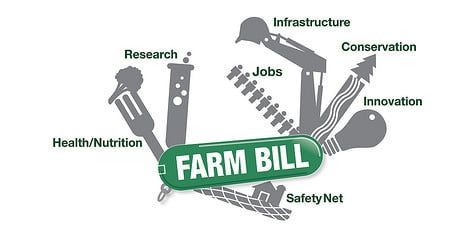 Photo Credit: USDA Website
Photo Credit: USDA Website
The new Farm Bill reassigned the cultivation of hemp under the jurisdiction of the United States Department of Agriculture (USDA) instead of the Department of Justice. With this change of oversight, hemp became reclassified under the Controlled Substance Act.
During prohibition, the Controlled Substance Act classified both hemp and marijuana as cannabis. Unfortunately for those who wanted hemp CBD benefits, all species of cannabis were classified as a schedule 1 controlled substance. That categorization held hemp in the same regard as opioids and meth. It’s also a reason for the long-standing stigma surrounding cannabis products today.
Thanks to the new Farm Bill, which was signed with a hemp pen by Majority Leader Mitch McConnell, hemp is currently a schedule 5 substance. While recognizing the differences between hemp and marijuana was vital for CBD legality, it doesn’t make all forms of CBD oil legal. Let’s take a look at the difference between hemp vs marijuana-derived CBD Oil.
What is the Difference Between Hemp and Marijuana Derived CBD Oil?
CBD derived from hemp plants compliant with the Farm Bill is legal in all 50 states. That’s because these hemp plants have less than 0.3% THC in their genetic makeup. Therefore, companies can use these plants to extract CBD oil without worrying about creating a formula with psychoactive properties.
Almost one-fifth of the states in our country recognizes recreational marijuana. Based on the guidelines of those states, extracting CBD oil from marijuana plants is legal. Therefore, products in states where recreational marijuana is legal may have a higher concentration of THC than the 0.3% in government-mandated hemp. Consequently, these products may cause psychoactive side effects for the person who is using them. Furthermore, the products may become illegal when they cross state lines.
While hemp got a pass during the new Farm Bill, marijuana did not. If you are purchasing CBD oil in a state where recreational marijuana is legal, check out the label. Make sure the CBD oil comes from hemp instead of marijuana.
To further complicate the situation, states which recognize medical marijuana but not recreational, also allow the extraction of CBD oil from marijuana. Medical marijuana cardholders should always have their card inside their wallet, especially when they are traveling with CBD oil. That way, if you do purchase a product in compliance with your state’s medical marijuana program, you will be in accordance with local laws in neighboring states too.
Full Spectrum CBD Oil Benefits
You must be asking yourself, why bother making CBD oil with marijuana if the plant is illegal on a federal level? That’s because there are therapeutic benefits to the THC molecule. In fact, all 113 cannabinoids in the hemp plant (including THC) are rich in antioxidants, fatty acids, and other micronutrients. Though THC found in CBD products is below .3% and not nearly enough to get you high, having a small amount can still provide benefits.
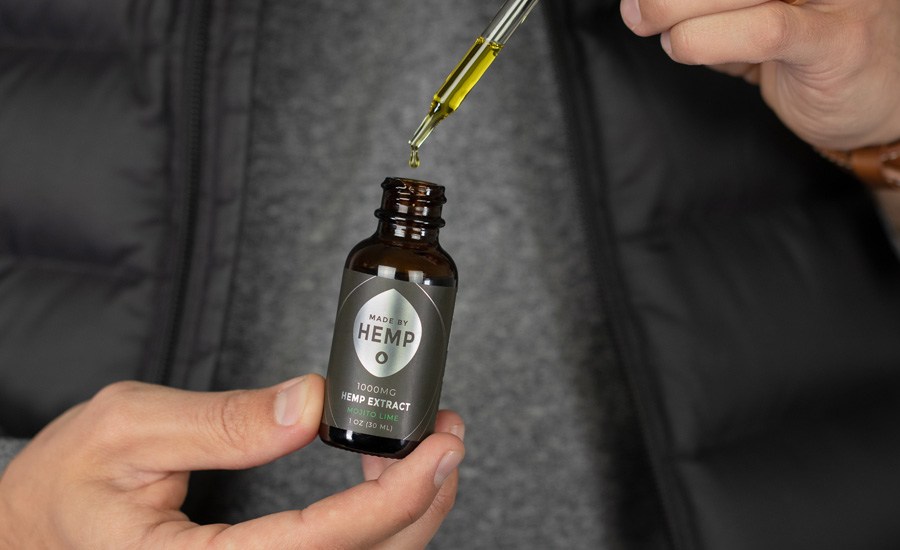
The primary objective of cannabinoids is homeostasis (balance). They enter the bloodstream in search of angst-ridden receptors throughout the endocannabinoid system. Based on the cannabinoids’ interaction with the stressed-out receptor, the balance gets restored throughout the network.
Cannabinoids love homeostasis so much they try to accomplish this task as efficiently as possible. Studies suggest cannabinoids have a beneficial effect on one another. Dubbed the entourage effect, cannabinoids exhibit a natural synergy. This unique interaction is what makes the benefits of CBD oil possible for millions.
Not all CBD oil is created equally. To know you are getting all of the cannabinoids, make sure the label says words such as:
- Full-Spectrum
- Broad-Spectrum
- Whole-Plant
These labels indicate all parts of the hemp plant including its leaves, stems, and seeds were used during the extraction process. This means the formula is enriched with a load of nutrients which subpar, fly by night companies may leave out.
How to Get CBD Oil without the THC Molecule
There are many reasons for someone to be skeptical of purchasing a product with THC. For one, you may have a sensitive endocannabinoid system. Others may be afraid of unknowingly breaking the law. If this sounds like you, you can still experience the benefits of CBD oil.
At Made by Hemp, we produce phytocannabinoid-rich hemp oil without any THC. While the THC molecule does exhibit therapeutic benefits, it is not necessarily needed in CBD products, though as highlighted above can prove beneficial.
CBD products made with CBD isolate are THC free.
Hemp vs Marijuana Uses
With marijuana being abundant in THC, it is mostly used for its psychoactive properties and medicinal benefits. States with laws allowing for both recreational and medical marijuana have laws for when, where, and how to use these products.
Hemp, on the other hand, has historically been used for more industrial purposes like clothing, biofuel, food products, paper, and more. With the recent rise in popularity as a supplement, CBD derived from hemp is making this plant popular again, and helping companies like ours to educate more people on the benefits of hemp vs marijuana as a supplement.
Conclusion
Now you know the difference, spread the word! Help others to understand this important concept about the difference between hemp and marijuana. There are many epidemics going on in the world today such as deforestation, sickness and disease, and opioid addiction. More studies and research could provide insight into how the hemp plant and its constituents could prove important in these issues and more.
Stay up to date with our educational information, and new research, and never miss a sale by joining our newsletter!

